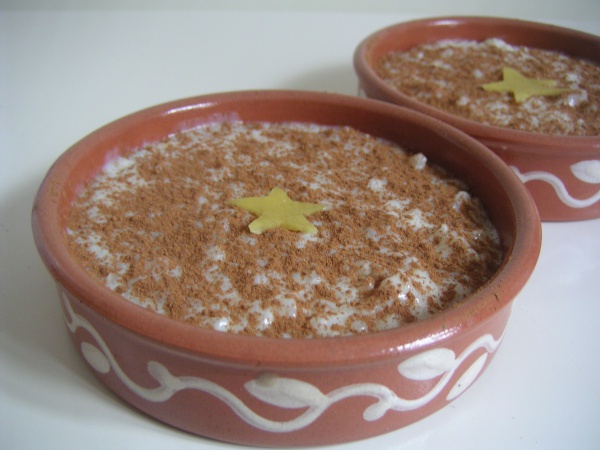Facts About Rice pudding
Rice pudding is a cherished dish enjoyed worldwide, made by combining rice with water or milk and often enhanced with flavors such as cinnamon and raisins. It can be served either as a dessert or a main course, and its variations are as diverse as the regions where it’s prepared.
In the Middle East, North Africa, and West Asia, you’ll encounter versions like Moghli, Muhallabiya, and Riz bi Haleeb. In East Asia, popular dishes include Ba Bao Fan and Put Chai Ko. Southeast Asia offers treats such as Bubur Sumsum and Tsamporado, while Central and South Asia present delights like Dudhpak and Phirni. Europe also contributes with its own renditions, such as Spain's Arroz con Leche and Italy’s Budino di Riso. In the Nordic countries, rice porridge is a staple, typically served with cinnamon and sugar.
In the UK and Ireland, rice pudding is a traditional dessert made with pudding rice, milk, cream, sugar, and often flavored with vanilla and nutmeg. Across the Atlantic in Canada and the United States, rice pudding recipes have been influenced by European, South Asian, Middle Eastern, and Latin American cuisines. In Latin America and the Caribbean, delectable versions like Arroz con Dulce and Arroz con Leche are common.
Rice pudding has also made its way into popular culture, referenced in works by authors such as Jane Austen, A. A. Milne, and Walt Whitman. It has appeared as a symbol in plays like Tom Stoppard's "Arcadia" and even gets a mention in Douglas Adams' science fiction classic "The Hitchhiker's Guide to the Galaxy." Clearly, rice pudding is not just a dish—it’s a cultural icon with a rich history, enjoyed by people around the world.

 Azerbaijan
Azerbaijan